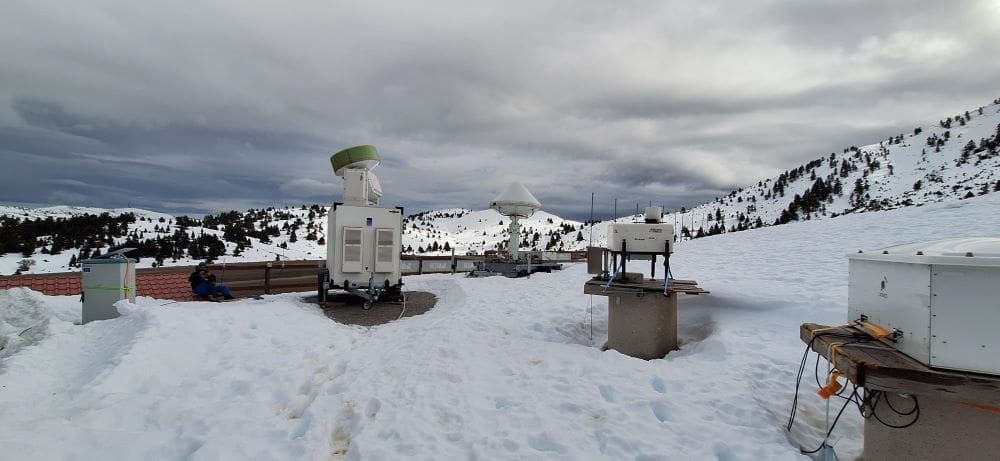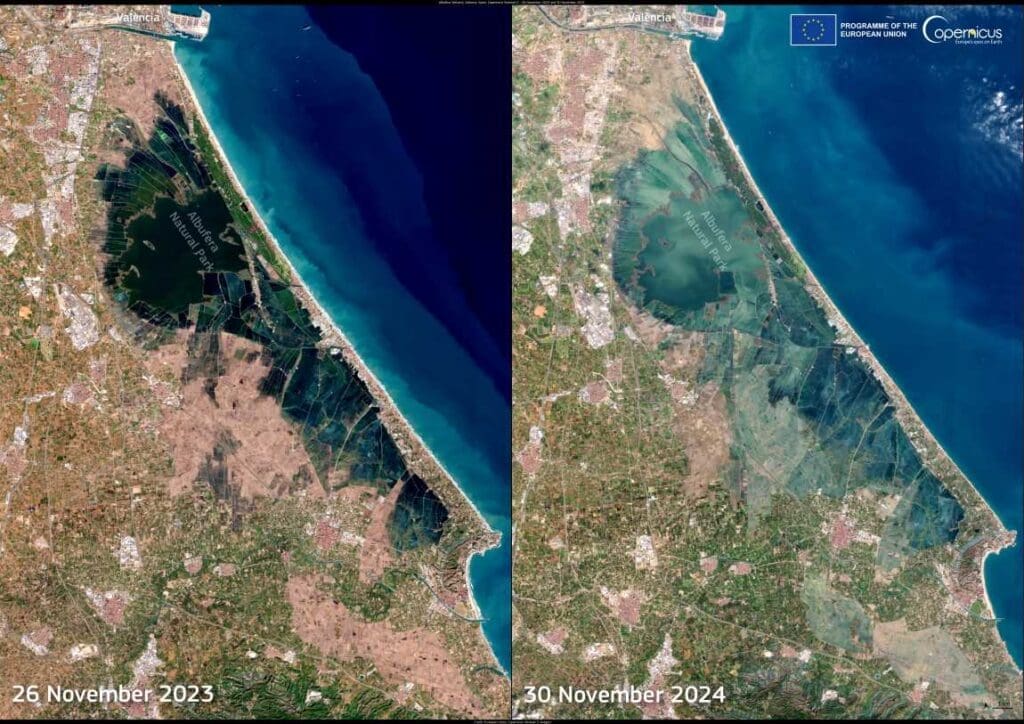By Technical University of Munich (TUM)
From the last ice age until around 6000 years ago, the region now known as the Sahara Desert was a lush, green landscape teeming with life. This “African Humid Period” ended abruptly, transforming this thriving region into the arid terrain seen today.
Scientists have long puzzled over how the slow changes in solar radiation due to variations in Earth’s orbit could lead to such an abrupt large-scale climate transition. This mystery highlights the broader challenge of understanding and predicting abrupt shifts in natural systems—commonly linked to tipping points.
New study by Andreas Morr and Prof. Niklas Boers, researchers at TUM and PIK, introduces an advanced early detection method that provides more accurate and reliable early warnings, particularly under more realistic external conditions.
Traditional methods assume that random disturbances in a system are uncorrelated in time. However, this is not realistic for climate systems, because it assumes each day’s weather would be independent of the previous day. In reality, tomorrow’s weather heavily depends on today’s. This mismatch reduces the reliability of conventional methods for early warning signals. The new method by Morr and Boers addresses this limitation by developing estimators of system stability designed specifically for more realistic climate conditions.
When applying their methods to the desertification of the West Sahara, they found a clear early warning before the loss of vegetation, consistent with the crossing of a tipping point.
“Our findings suggest that the abrupt end of the African Humid Period was likely caused by a weakening of the system’s stability as the orbital configuration of the Earth changed, gradually pushing the system toward a tipping point”, says Andreas Morr.
Niklas Boers adds: “The advanced detection method that we developed enhances our ability to monitor and respond to potential tipping points in various natural systems. Our results suggest that large-scale climate tipping events such as this can in principle be anticipated, hopefully enabling timely interventions.”
By improving the accuracy of early warning signals, the research supports better preparedness and response strategies, ultimately helping to protect ecosystems and human societies from severe impacts of potential climate tipping points that might be crossed due to anthropogenic climate change.
More information: Andreas Morr, Niklas Boers, ‘Detection of Approaching Critical Transitions in Natural Systems Driven by Red Noise’, Physical Review X (2024); DOI: 10.1103/PhysRevX.14.021037. Featured image credit: Mark Kuiper | Unsplash




